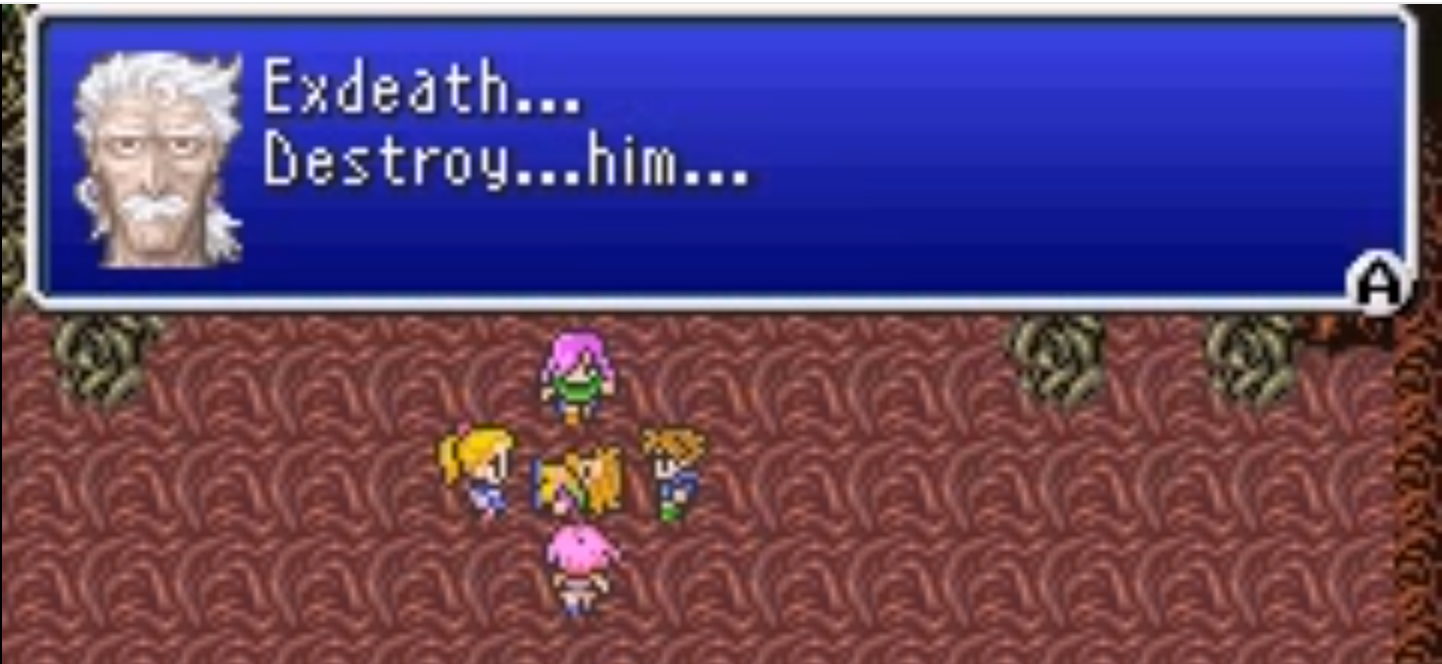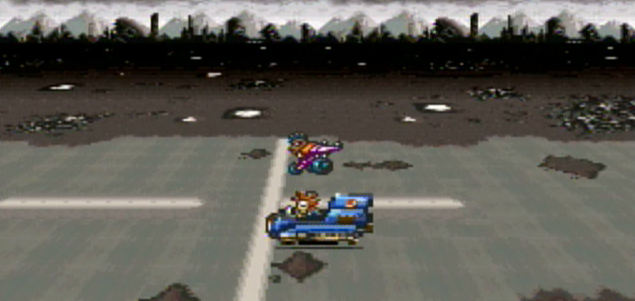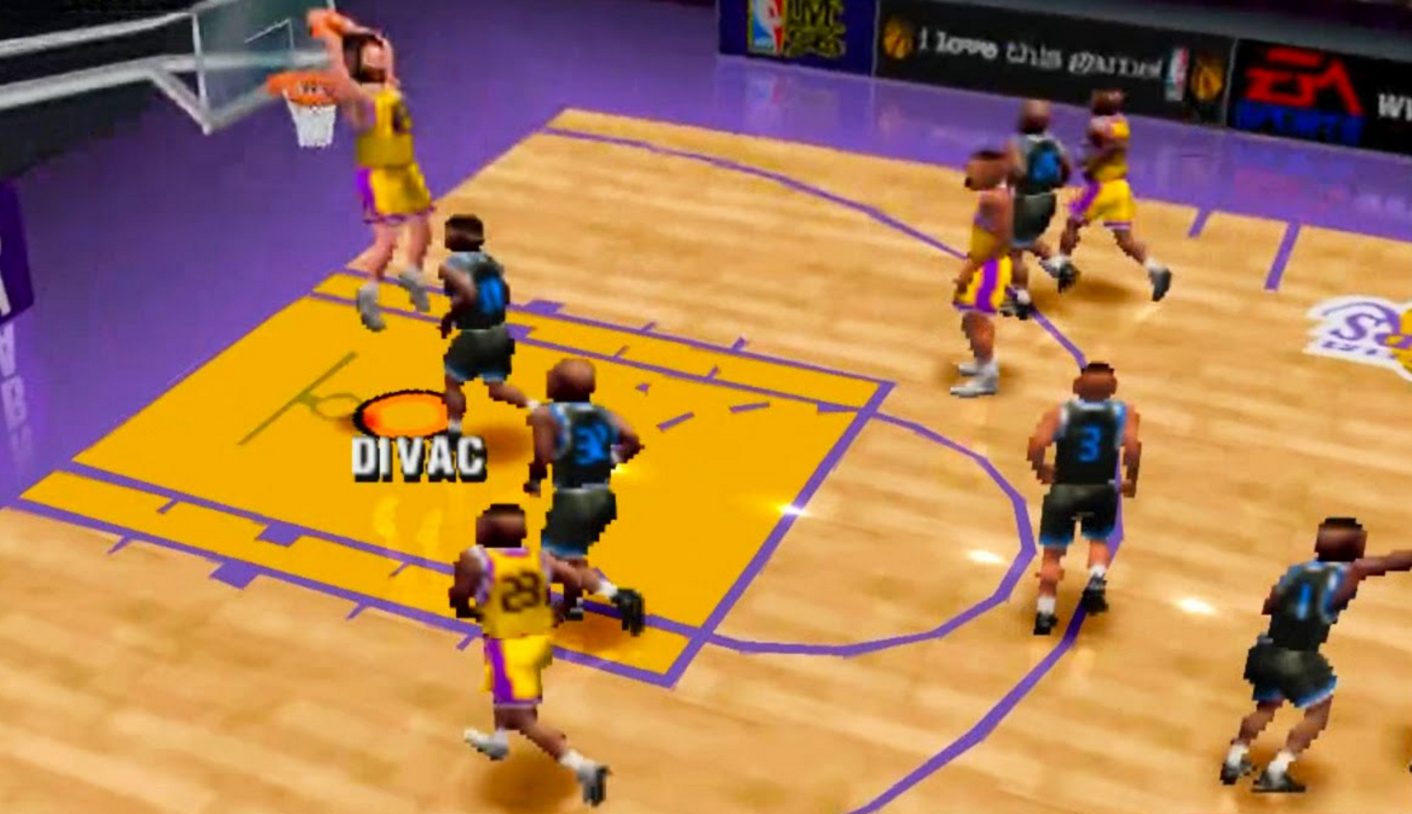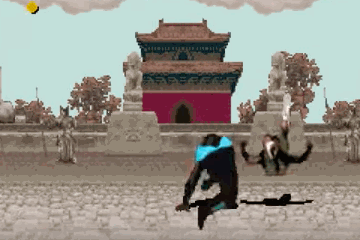Okay I exaggerated, Console Wars mentions RPGs exactly once:
Oshima partnered up with Yuji Naka, a brilliant hothead in the programming department who was responsible for one of Sega’s most popular series: Phantasy Star, a sci-fi role-playing game (RPG) about a resilient young female warrior bent on galactic revenge with the help of a muskrat named Myau and a wizard named Noah.
Side note: I thought Zelda was generally considered an RPG. According to my research (clicking a few links on a Google search), most people don’t consider it an RPG. And get pretty passionate about it not being an RPG. Anyway, I guess that further helps the case that Console Wars has one single mention of an RPG.
Searching the book for “Final Fantasy” returns nothing. In America, RPGs might not have had as much an impact on the 16-bit console war as, say, Mortal Kombat. But Final Fantasy III should get at least one mention. (The book ends before Chrono Trigger’s release, so there’s at least some explanation.)
RPGs make up 6 of the top 20 best selling SNES games.
Anyway, if RPGs were mentioned I would’ve had a better excuse for writing about a top–3 life achievement of mine…

I grew up in Japan on a U.S. Navy base. Which means it’s not really like growing up in Japan and not really like growing up in America, either. Families would go off-base at night or on weekends. And you’d also live off-base while you were on a waiting list for on-base housing.
On these weekend trips out, my and I would wander around the videogame section of a department store (Daikuma or Da’e) while our parents got groceries. On one of these trips, we noticed people gathered around a spinning wheel and walked over.
After watching a few times, it looked like you paid 2000 yen, spun the wheel, and got to pick from either 1, 2, or 3-game packages. Anyway, our mom let us spin and we got the 2-game choice. We picked the package with Super Smash TV and… some game with a bird on the cover. My brother had heard of the game but we were mostly in it for Smash TV.
The other game was Final Fantasy V. I was extremely bored any time I watched my brother play it. Then one day I tried it out and it didn’t make sense at all. Literally. It was in Japanese, after all.
I started out wandering aimlessly. Then I continued wandering around aimlessly. For dozens of hours. And just memorized the menu location for some useful potions (mostly just elixir and HP recoveries).
A main character blinks away, teleporting somewhere. Some girl joins the party for unknown reasons. Then I realize the guy teleported to heaven because guess what actually he died.
Dozens of hours turned to dozens and dozens of hours. Memorizing the +100HP potion became memorizing the +1000HP potion. Then I beat it.
I still have basically no idea what the story is about.
So, you know, don’t make your UX like that.
Trying to make it to shittyuiuxanalogies.tumblr.com. (For a better UX article based on Final Fantasy, check out Final Fantasy’s Guide to Onboarding.)







